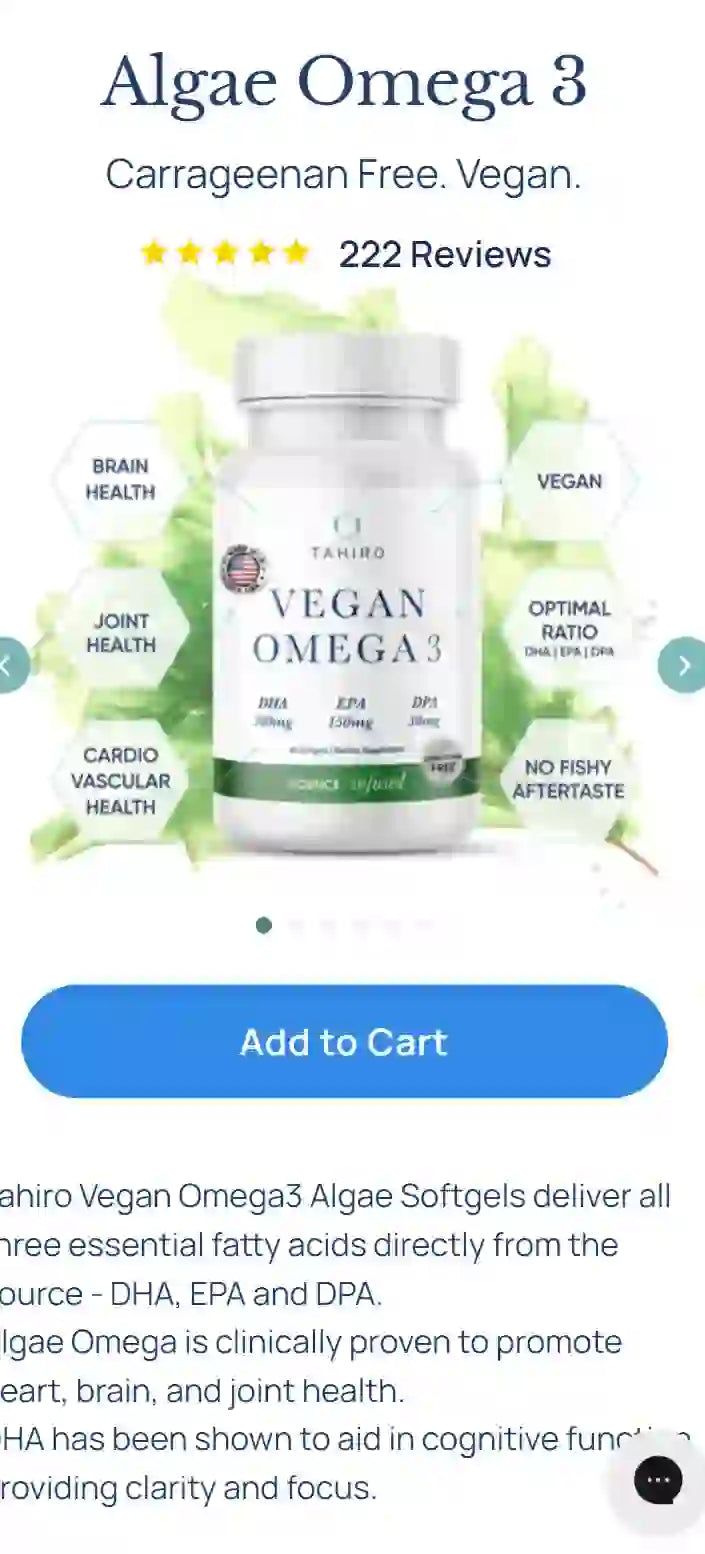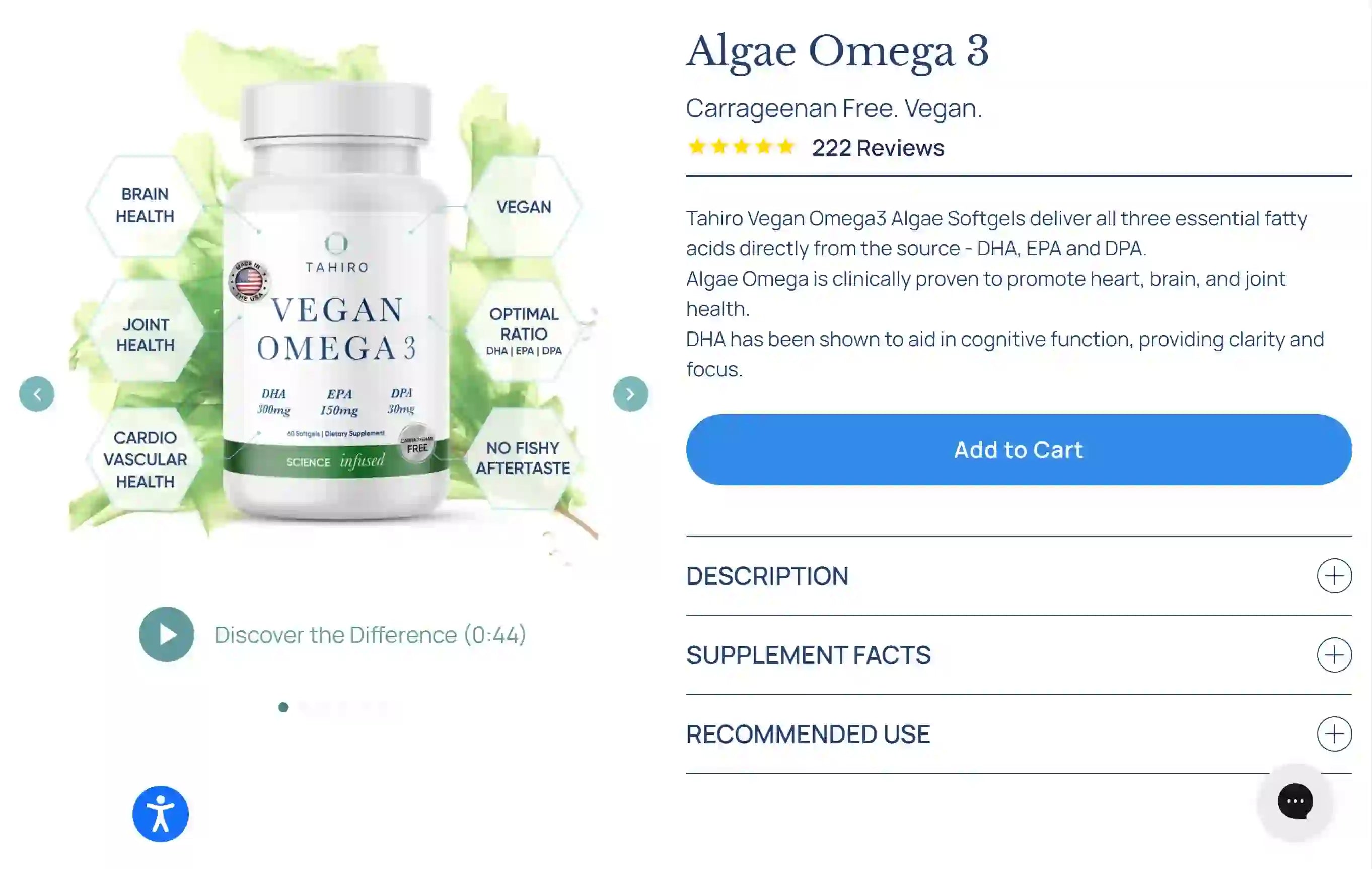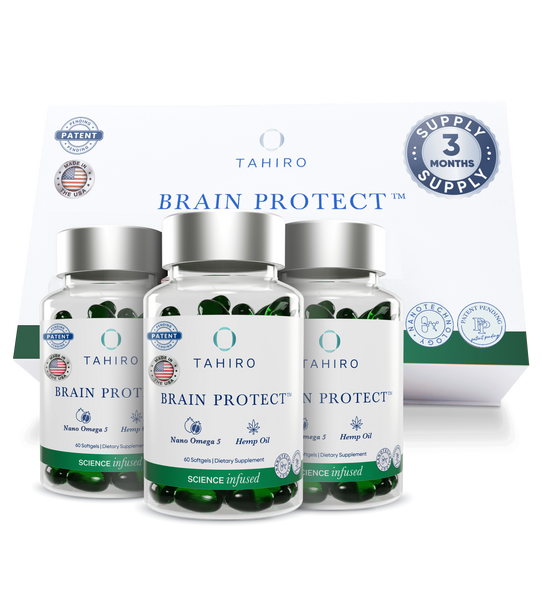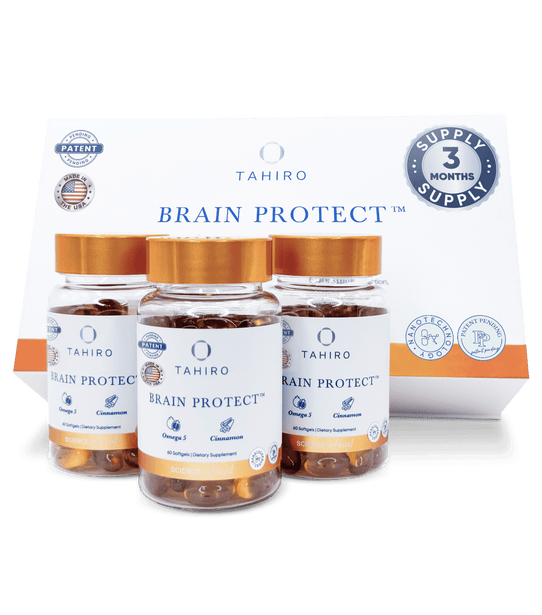Omega-5 fatty acids have a number of benefits for brain health. Research is increasingly showing that these compounds can help to maintain brain health and reduce the risk of dementia. In order to ensure that you’re getting the benefits of any food or supplement for brain health, it’s important to ensure that it actually enters the brain. As we’ve discussed in a previous article, a structure known as the blood-brain barrier prevents many substances from passing from the bloodstream into the brain. If we want to ensure that we get the benefits of omega-5s for the brain, we need to find a way to ensure that the fatty acids can get across this barrier. Nanoparticles are one way to do this. These have received a lot of research attention in the last few years, as they offer a way to ensure medications and supplements can enter into the nervous system efficiently.
What are nanoparticles?
A nanoparticle is an extremely tiny particle. It’s difficult for the human mind to comprehend just how small nanoparticles are. The size of a nanoparticle is between 1 and 100 nanometers (nm). By contrast, a sheet of paper is about 100,000nm thick.Nanoparticles can be made up of many different types of substances. Many pharmaceuticals are now being formulated as nanoparticles, with a fatty acid “shell” being used to help transport the drug into the brain. In the case of essential fatty acids, biochemists can use various techniques to create extremely small particles of the fat and enable these particles to dissolve in water.
How nanoparticles increase bioavailability
In general, nanoparticles have enhanced bioavailability compared with other types of materials. This means that they’re better able to access and enter into the body’s tissues. With any food or supplement, bioavailability is a very important issue to consider. A substance can’t offer health benefits if it can’t get access to your body’s tissues.The bioavailability of substances in the brain is affected by how well the substance is absorbed in the digestive tract, how well it dissolves in the blood, and how easily it crosses the blood-brain barrier. Nanoparticles are better able to perform all three of these steps.In order for any substance to end up in the brain, the first step is absorption in the digestive tract. Lipid nanoparticles are better absorbed than larger lipid particles. In the small intestine, particles of fat are transported through the cells that line the intestine. Smaller particles are better able to get close to this lining and are more easily taken up by the cells in order to be absorbed.Once they’ve been absorbed, fats have to be transported through the blood to get to their target tissue. However, fats don’t dissolve easily in water – think of what happens when you mix oil and water together in your kitchen. The same thing can happen when oils enter your bloodstream. If the molecules of fat clump together, then they won’t be as available to your body’s cells. When fats are formulated as nanoparticles, this makes them more soluble in water, so more of the fat is able to make its way to the brain tissue.In addition, nanoparticles are more easily able to cross the blood-brain barrier and pass from the bloodstream into the brain. Much like in the intestine, a nanoparticle is better able to get close to the cells that line the blood vessels of the brain. These cells are more likely to take up the nanoparticle of fat, allowing it access to the brain tissue. Studies have shown that a nanoformulation of omega-5 is better able to enter into brain tissue than a non-nano omega-5 supplement is. The nano omega-5 also has more effects on brain function.Nanoparticles are so efficient at being absorbed in the digestive system and crossing the blood-brain barrier that some of them can have the potential to be harmful. For example, nanoparticles of heavy metals in the environment are a significant concern and can cause toxicity in the brain. In the case of essential fatty acids (like omega-3s, omega-5s, and omega-6s), however, we’re using the same properties of nanoparticles to enhance the health-promoting aspects of the substance.
How nanoparticles increase fatty acid stability
When you’re trying to use fatty acids as a supplement to improve brain health, another issue is the stability of the fatty acid. When they’re exposed to light, heat, or oxygen, fatty acids break down easily. When a fatty acid breaks down, we say that it’s rancid.If we want to get the benefits of omega-5s for the brain, then it’s essential that we protect the fatty acids from light, heat, and oxygen. Nanoparticles help to do this. By encapsulating the fatty acids inside a small package, they’re protected from being exposed to the factors that can break them down.With any supplement, it will be manufactured and bottled sometime before you consume it. It’s important that the fatty acid be shelf-stable, meaning that it can last for weeks to months in the bottle and still retain its chemical properties. When fatty acids are formulated as nanoparticles, they’re more shelf-stable and are better able to last for weeks in the bottle.
The benefits of nano omega-5
Omega-5s are essential fatty acids that may help to protect the brain from degeneration. To get these benefits, it’s important to ensure that the fatty acids are stable and that they’re available to brain cells. Formulating these fatty acids as nano omega-5 helps with both of these factors, helping to enhance the powerful benefits of these compounds for brain health.







